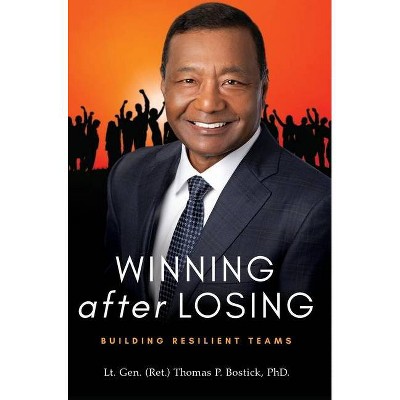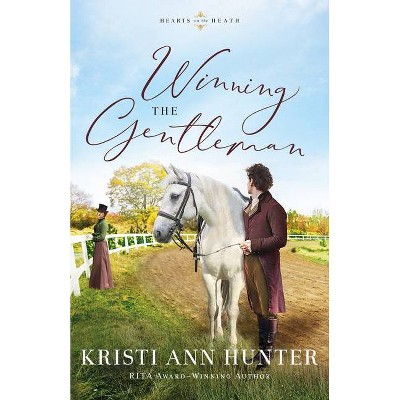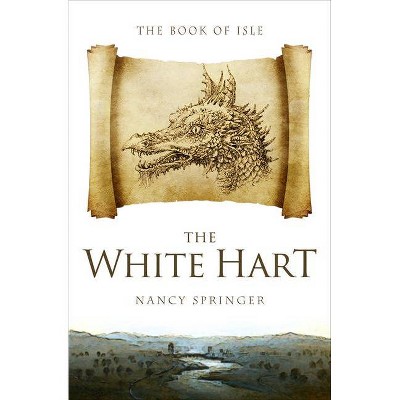Winning and Losing the Nuclear Peace - by Michael Krepon (Hardcover)

Similar Products
Products of same category from the store
AllProduct info
<p/><br></br><p><b> About the Book </b></p></br></br>"The definitive guide to the history of nuclear arms control by a wise eavesdropper and masterful storyteller, Michael Krepon. The greatest unacknowledged diplomatic achievement of the Cold War was the absence of mushroom clouds. Deterrence alone was too dangerous to succeed; it needed arms control to prevent nuclear warfare. So, U.S. and Soviet leaders ventured into the unknown to devise guardrails for nuclear arms control and to treat the Bomb differently than other weapons. Against the odds, they succeeded. Nuclear weapons have not been used in warfare for three quarters of a century. This book is the first in-depth history of how the nuclear peace was won by complementing deterrence with reassurance, and then jeopardized by discarding arms control after the Cold War ended. "Winning and Losing the Nuclear Peace" tells a remarkable story of highwire acts of diplomacy, close calls, dogged persistence, and extraordinary success. Michael Krepon brings to life the pitched battles between arms controllers and advocates of nuclear deterrence, the ironic twists and unexpected outcomes from Truman to Trump. What began with a ban on atmospheric testing and a nonproliferation treaty reached its apogee with treaties that mandated deep cuts and corralled "loose nukes" after the Soviet Union imploded. After the Cold War ended, much of this diplomatic accomplishment was cast aside in favor of freedom of action. The nuclear peace is now imperiled by no less than four nuclear-armed rivalries. Arms control needs to be revived and re-imagined for Russia and China to prevent nuclear warfare. New guardrails have to be erected. "Winning and Losing the Nuclear Peace" is an engaging account of how the practice of arms control was built from scratch, how it was torn down, and how it can be rebuilt"--<p/><br></br><p><b> Book Synopsis </b></p></br></br><p><b>The definitive guide to the history of nuclear arms control by a wise eavesdropper and masterful storyteller, Michael Krepon.</b></p> <p>The greatest unacknowledged diplomatic achievement of the Cold War was the absence of mushroom clouds. Deterrence alone was too dangerous to succeed; it needed arms control to prevent nuclear warfare. So, U.S. and Soviet leaders ventured into the unknown to devise guardrails for nuclear arms control and to treat the Bomb differently than other weapons. Against the odds, they succeeded. Nuclear weapons have not been used in warfare for three quarters of a century. This book is the first in-depth history of how the nuclear peace was won by complementing deterrence with reassurance, and then jeopardized by discarding arms control after the Cold War ended. </p> <p><i>Winning and Losing the Nuclear Peace</i> tells a remarkable story of high-wire acts of diplomacy, close calls, dogged persistence, and extraordinary success. Michael Krepon brings to life the pitched battles between arms controllers and advocates of nuclear deterrence, the ironic twists and unexpected outcomes from Truman to Trump. What began with a ban on atmospheric testing and a nonproliferation treaty reached its apogee with treaties that mandated deep cuts and corralled loose nukes after the Soviet Union imploded. </p> <p>After the Cold War ended, much of this diplomatic accomplishment was cast aside in favor of freedom of action. The nuclear peace is now imperiled by no less than four nuclear-armed rivalries. Arms control needs to be revived and reimagined for Russia and China to prevent nuclear warfare. New guardrails have to be erected. <i>Winning and Losing the Nuclear Peace</i> is an engaging account of how the practice of arms control was built from scratch, how it was torn down, and how it can be rebuilt.</p><p/><br></br><p><b> Review Quotes </b></p></br></br><br><i>Winning and Losing the Nuclear Peace</i> makes a uniquely important contribution to arms control literature. It is exceptionally well-written and clear, providing valuable insights into how we have managed to avoid a nuclear war these past 75 years, and how to continue that avoidance despite the collapse of treaties.--William J. Perry "Former Secretary of Defense"<br><br>Michael Krepon, a child of the Cold War, dedicated his career to the effort to reduce the risk of a nuclear Armageddon. <i>Winning and Losing the Nuclear Peace</i> is the culmination of his career. This chronicle of the leaders in Washington and Moscow who negotiated agreements to avert nuclear danger is powerful and wise.--Strobe Talbott "Former Deputy Secretary of State"<br><br>Until now, there has been no comprehensive history of nuclear arms control; Michael Krepon's masterful <i>Winning and Losing the Nuclear Peace</i> fills that ICBM-size hole in the field. A must-read to understand our past efforts to tame the nuclear arms race, so that we can pursue them successfully again.--Vipin Narang "Massachusetts Institute of Technology"<br><p/><br></br><p><b> About the Author </b></p></br></br><b>Michael Krepon</b> is the cofounder of the Stimson Center, a prolific author, and the winner of a lifetime achievement award from the Carnegie Endowment for International Peace for his work to reduce nuclear dangers.
Price History
Cheapest price in the interval: 45.49 on November 8, 2021
Most expensive price in the interval: 45.49 on December 20, 2021
Price Archive shows prices from various stores, lets you see history and find the cheapest. There is no actual sale on the website. For all support, inquiry and suggestion messagescommunication@pricearchive.us



















